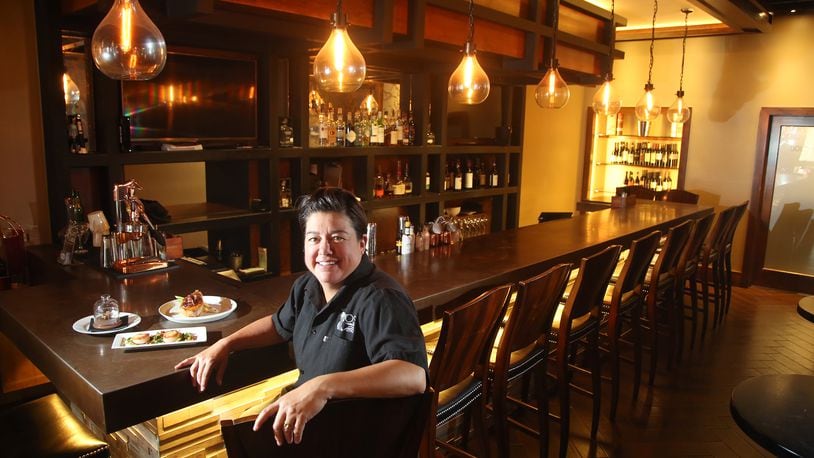“People are starting to forget the troubles that small businesses are in, and restaurants specifically. We’ve been hurt harder than almost any other business,” Downs said. “It’s a very difficult position, and I don’t think people really understand — at the end of the day your favorite restaurant in six months may not be here, and that’s absolutely true. And no one is going to jump into that spot. No one knows where the future of restaurants is going and no one is going to take the chance.”
Downs said at best a good restaurant may be profiting 20 percent of every dollar they make. The small margins have gotten even smaller and the fixed cost and overhead haven’t changed.
“We are in our 10th year and now I don’t know that we will make it to our 11th anniversary. I never thought I would be there. Never. It’s the scariest thought in the world. We’ve been going super strong for 10 years. We don’t want our beautiful restaurants to go away. That’s what makes Dayton, Ohio great,” Downs said.
Credit: Contributed
Credit: Contributed
The concerns Downs has are echoed by Eric Soller, who co-founded Old Scratch Pizza with his wife Stephanie. The Sollers graduated from the New England Culinary Institute and realized their dreams of opening a restaurant in 2016 when Old Scratch Pizza opened at 800 S. Patterson Blvd. near Miami Valley Hospital. At the end of 2019, they opened their second location in Centerville and business was good. Just a few months later, Soller was closing both restaurants to comply with the state-mandated shutdown.
“If you know anything about restaurants, we operate on the lowest margins. We depend on putting as many people as we can in our dining room on a Friday and Saturday night to pay our rent, and if you can’t do that, the business model doesn’t work,” said Soller, who said despite having an open dining room, people are not coming out. “With our dining rooms open and not busy, we cannot maintain profitability like that. Ten percent of our business was takeout, now 70% of our business is takeout. Takeout is nice. Takeout is great, but we can’t live like this forever. Forget the irony that everyone in the restaurant industry was so concerned about capacity and spacing to increase social distancing. That’s nothing. It doesn’t matter because people aren’t coming. Concerns that we have had about the forced reduction in capacity doesn’t matter because people aren’t showing up anyway.”
Both Downs and Soller point out that the community perceptions about dining in at restaurants that they have heard deeply worries them both.
“There are two components driving this. One is fear. There is a level of fear in the community about going out to restaurants. I also think people have gotten out of the habit of going out to restaurants. They are out of the habit and people need to get back into the habit and come out to enjoy a well-cooked meal in a safe environment. For whatever reason, not going out to local restaurants has been baked into people’s safety protocols,” said Soller.
Both Soller and Downs say safety remains a priority in their establishments.
“I’ve been in this business for over 25 years and am pretty successful at it. It’s safe to come out here. We have nailed the social distancing and it still feels upscale and comfortable. People are getting scared and starting to back down again. Something has got to give, we’re doing really well at it and we just need people to give us a chance,” Downs said.
Downs says the best thing anyone can do is to visit your favorite restaurant, buy carry-out wine, buy food, buy a gift card and especially to keep coming.
Soller agrees.
Credit: File photo by E.L. Hubbard
Credit: File photo by E.L. Hubbard
“Restaurants are one of the most highly monitored and regulated places that people visit. We are regularly audited by the health department. When someone comes into our restaurants, the interactions are short or behind plexiglass,” he said. “... People feel like they are being safe not going out to local restaurants but that’s a fallacy, it’s no more dangerous than standing in line at Lowes. If you think that restaurants are an important part of the fabric and culture of a community, then support them. People are not going to like it when we’re not here anymore.”
Contact this contributing writer at alexis.e.larsen@hotmail.com.
About the Author
